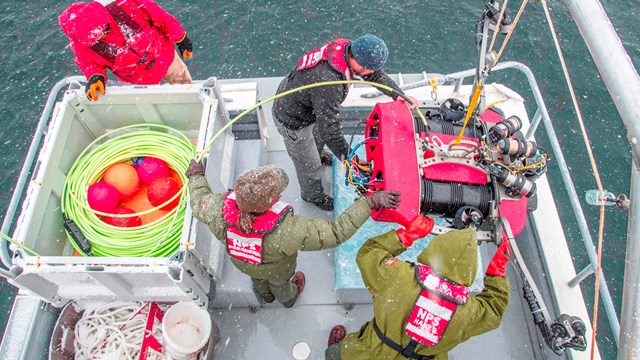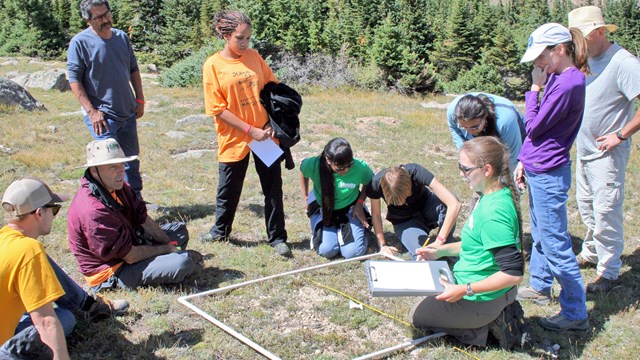The first step in protecting our parks is knowing what we have. National Park Service scientists identify and record the astonishing depth and breadth of resources in our parks. They record every living thing in parks: animals, plants, and fungi. They also identify rock formations, bodies of water, and rainfall. And they collect evidence of people and environments in the distant and recent past. After we take stock of all the different resources, then we can connect them to bigger issues, such as water quality and night sky visibility. Each park has its own unique combination of resources.
Discover the techniques and approaches park scientists use to take stock of park resources. See what they're learning and how inventories help park managers protect our parks for future generations.

Basic inventories, including plants, animals, geology, air, and water, give us a starting point for understanding what’s in our parks.

These snapshot-in-time assessments fill in data gaps and report on the condition of selected park resources.

National parks preserve over 800 cultural landscapes.

These snapshot-in-time assessments fill in data gaps and report on the condition of selected park resources.

Inventories help identify the scope, significance, and distribution of fossils in our national parks.

We use a systematic process to identify scenic park vistas and assess their quality and significance.
Explore examples of inventories in our parks
Last updated: April 7, 2022
